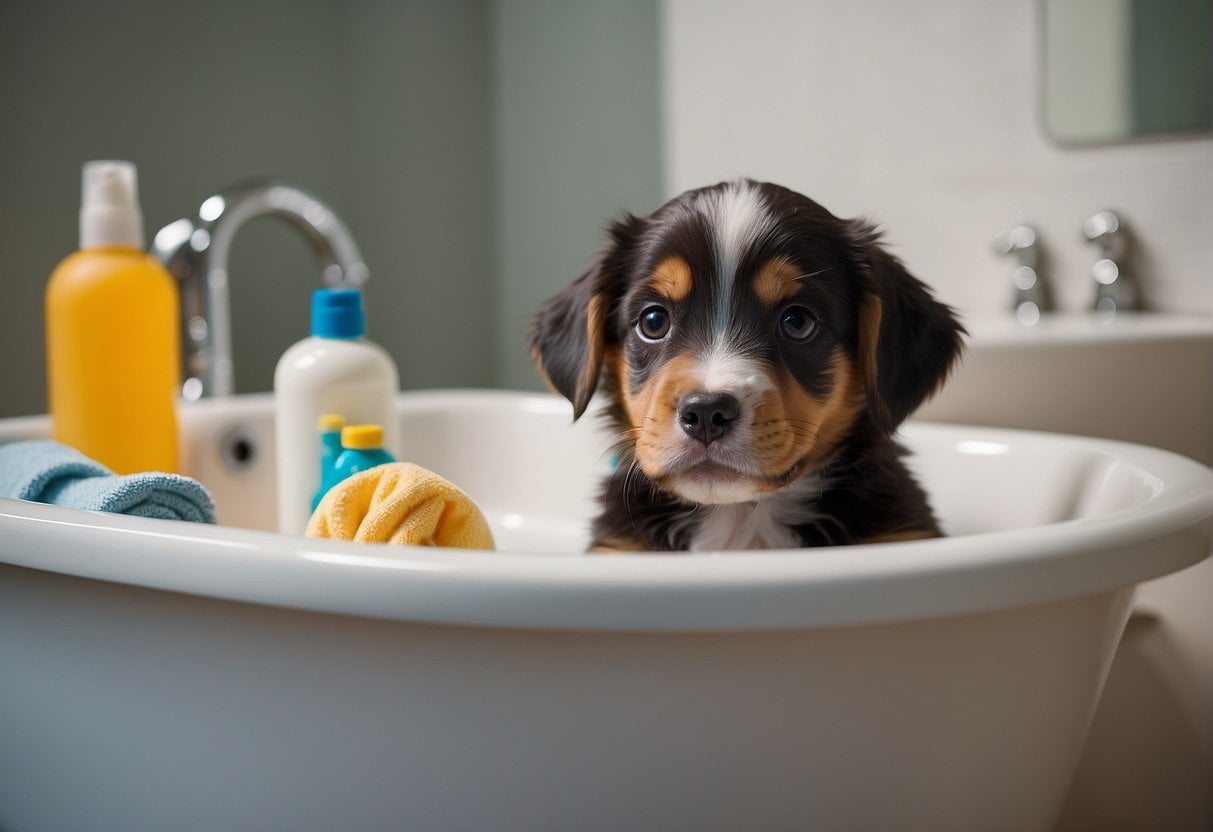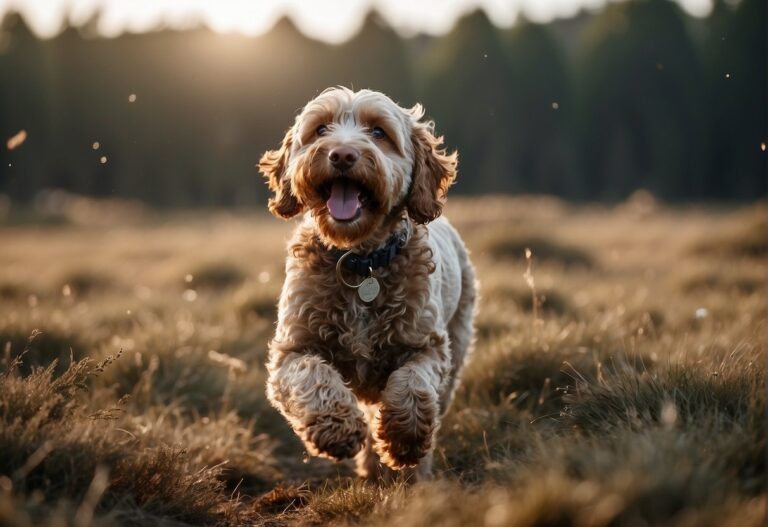Should I Bathe My Puppy When I Bring Her Home?

When you bring home your new puppy, there are many things to consider, including when to bathe her for the first time. While you may be eager to give your furry friend a bath as soon as possible, it’s important to wait until the right time to ensure her health and comfort. In this article, we’ll explore the best practices for bathe my puppy, including when to start, how to prepare, and what to do after the bath.
Before giving your puppy her first bath, it’s important to prepare properly. This includes choosing the right shampoo, gathering all necessary supplies, and ensuring the bathing area is safe and comfortable. Additionally, you need to introduce your puppy to the bathing process slowly and calmly to minimize stress and anxiety. By taking the time to prepare properly, you can help ensure a successful and enjoyable bath time experience for both you and your new pet.
- Preparing properly and introducing your puppy to the bathing process slowly can help ensure a successful and enjoyable bath time experience.
- Using lukewarm water, gentle shampoo, and drying your puppy thoroughly after the bath can help ensure her health and comfort.
- Incorporating bath time into your routine can help your puppy stay clean and healthy throughout her life.
Once you’re ready to begin the bathing process, you need to follow the proper steps to ensure your puppy’s health and safety. This includes using lukewarm water, avoiding getting water in your puppy’s ears and eyes, and using gentle, puppy-specific shampoo.
Additionally, you’ll need to dry your puppy thoroughly after the bath to prevent her from getting chilled. By following these steps carefully, you can help ensure your puppy’s health and comfort during bath time.
Preparation for Puppy’s First Bath

Bathing your puppy is an important part of maintaining their health and hygiene. It is recommended to give your puppy their first bath within a few days of bringing them home. In this section, we will discuss the necessary preparations you need to make before giving your puppy their first bath.
Gathering Bathing Supplies
Before giving your puppy a bath, you need to gather all the necessary supplies. Here are some of the items you will need:
- Puppy-specific shampoo: Regular human shampoo can be too harsh for your puppy’s delicate skin. Choose a shampoo that is specifically designed for puppies.
- Towels: You will need several towels to dry your puppy after the bath. Make sure they are soft and absorbent.
- Lukewarm water: Fill the bathtub or sink with lukewarm water before placing your puppy in it. The water should be warm, but not hot.
- Treats: Giving your puppy treats during and after the bath can help keep them calm and make the experience more enjoyable.
Setting Up the Bathing Area
Once you have gathered all the necessary supplies, it’s time to set up the bathing area. Here are some tips to make the process easier:
- Use a non-slip mat: Place a non-slip mat at the bottom of the bathtub or sink to prevent your puppy from slipping and getting injured.
- Keep the room warm: Make sure the room is warm enough to keep your puppy comfortable. You can use a space heater or turn up the thermostat.
- Use a handheld showerhead: A handheld showerhead can help you rinse your puppy more thoroughly and make the process faster.
Puppy Comfort and Safety
When giving your puppy a bath, you need to keep their comfort and safety in mind. Here are some tips to ensure your puppy stays safe and comfortable:
- Keep your puppy calm: Talk to your puppy in a soothing voice and give them treats to keep them calm during the bath.
- Avoid getting water in their ears: Water in your puppy’s ears can cause infections. To prevent this, use a washcloth to clean their head and face instead of pouring water over them.
- Rinse thoroughly: Make sure you rinse your puppy thoroughly to remove all the shampoo. Leftover shampoo can cause skin irritation and itching.
Executing the Bathing Process

Bathing your puppy can be a daunting task, especially if it’s their first bath. However, with the right approach and the right tools, it can be a gentle and stress-free experience for both you and your furry friend. Here’s a step-by-step guide on how to bathe your puppy.
Introducing Your Puppy to Water
Before you start bathing your puppy, you need to introduce them to water gradually. Here’s how you can do it:
- Fill the bathtub or sink with a few inches of lukewarm water.
- Make sure the water is not too hot or too cold as it can be uncomfortable for your pup.
- Gently place your puppy in the water and let them get accustomed to it.
- Use a cup or a small bowl to pour water over their body, avoiding their face, eyes, ears, mouth, and nose. This will help your puppy get comfortable with the sensation of water.
Applying Shampoo and Washing
Once your puppy is comfortable with the water, it’s time to apply shampoo. Here’s what you need to do:
- Use a gentle puppy shampoo that is specifically formulated for their delicate skin.
- Apply a small amount of shampoo on your puppy’s coat and gently massage it into their fur, avoiding their face, eyes, ears, mouth, and nose.
- Use a washcloth or a sponge to clean their face, making sure to avoid their eyes, ears, and nose.
Rinsing and Drying
After shampooing, it’s time to rinse your puppy. Here’s how you can do it:
- Use a cup or a small bowl to pour lukewarm water over their body, making sure to rinse off all the shampoo.
- Be careful not to get water in their face, eyes, ears, mouth, and nose.
Once your puppy is rinsed, it’s time to dry them off. Here’s how you can do it:
- Use a soft towel to gently pat them dry, making sure to dry their ears, paws, and underbelly.
- If your puppy has long hair, you can use a hairdryer on the lowest setting to blow dry their coat. However, make sure to keep the dryer at a safe distance from your puppy’s skin to avoid burning them.
Post-Bath Care and Grooming

After giving your puppy a bath, it’s important to follow up with proper post-bath care and grooming to maintain their health and happiness. Here are some key areas to focus on:
Brushing and Coat Care
Depending on your puppy’s coat type, you may need to brush them regularly to keep their coat healthy and shiny. Here are some tips for brushing your puppy:
- Choose a brush that is appropriate for your puppy’s coat type.
- Long-haired breeds may require daily brushing to prevent matting and tangling, while short-haired breeds may only need weekly brushing.
- Make sure to be gentle to avoid hurting your puppy’s skin.
Ear and Eye Maintenance
Puppies are prone to ear infections, so it’s important to keep their ears clean and dry after a bath. Here’s how you can do it:
- Use a cotton ball or soft cloth to gently clean the outer ear, but avoid going too deep into the ear canal.
- If you notice any signs of redness, swelling, or discharge, contact your veterinarian.
Similarly, you should also clean your puppy’s eyes after a bath. Here’s how you can do it:
- Use a damp cloth to gently wipe away any dirt or debris around their eyes, but be careful not to get water or soap in their eyes.
Reward Your Puppy
Bathing can be a stressful experience for your puppy, especially if it’s their first time. To help them associate bath time with positive experiences, reward them with cuddles, treats, and praise. This will help them feel more comfortable and relaxed during future baths.
Incorporating Bath Time into Routine

Bathing your puppy is an essential part of their hygiene routine, but it can be a stressful experience for both you and your furry friend. Establishing a regular bathing schedule, using positive reinforcement, and monitoring their health and behavior can make bath time a positive experience for your pup.
Bathing Schedule
Determining how often to bathe your puppy can depend on several factors, such as their breed, coat type, and lifestyle. Generally, it is recommended to bathe your puppy every two to three months, or sooner if they get dirty or smelly. Bathing them too often can strip their skin of natural oils, leading to dryness and irritation.
Incorporating bath time into your puppy’s routine can help them get used to the process and make it less stressful. Consider scheduling bath time after a long walk or play session to help them relax and tire them out. You can also use bath time as an opportunity to bond with your pup and make it a fun experience.
Training and Positive Reinforcement
Training your puppy to enjoy bath time can take time and patience, but it is worth the effort. Here are some tips to help you train your puppy:
- Start by introducing them to the bathtub or sink without water and reward them with treats and praise for good behavior.
- Gradually add water and shampoo and continue to reward them for staying calm and cooperative.
Monitoring Health and Behavior
Bathing your puppy can also be an opportunity to monitor their health and behavior. Check for any lumps, bumps, or skin irritations, and consult with your vet if you notice anything unusual. During bath time, you can also reinforce potty training and crate training rules, as well as socialization skills.






